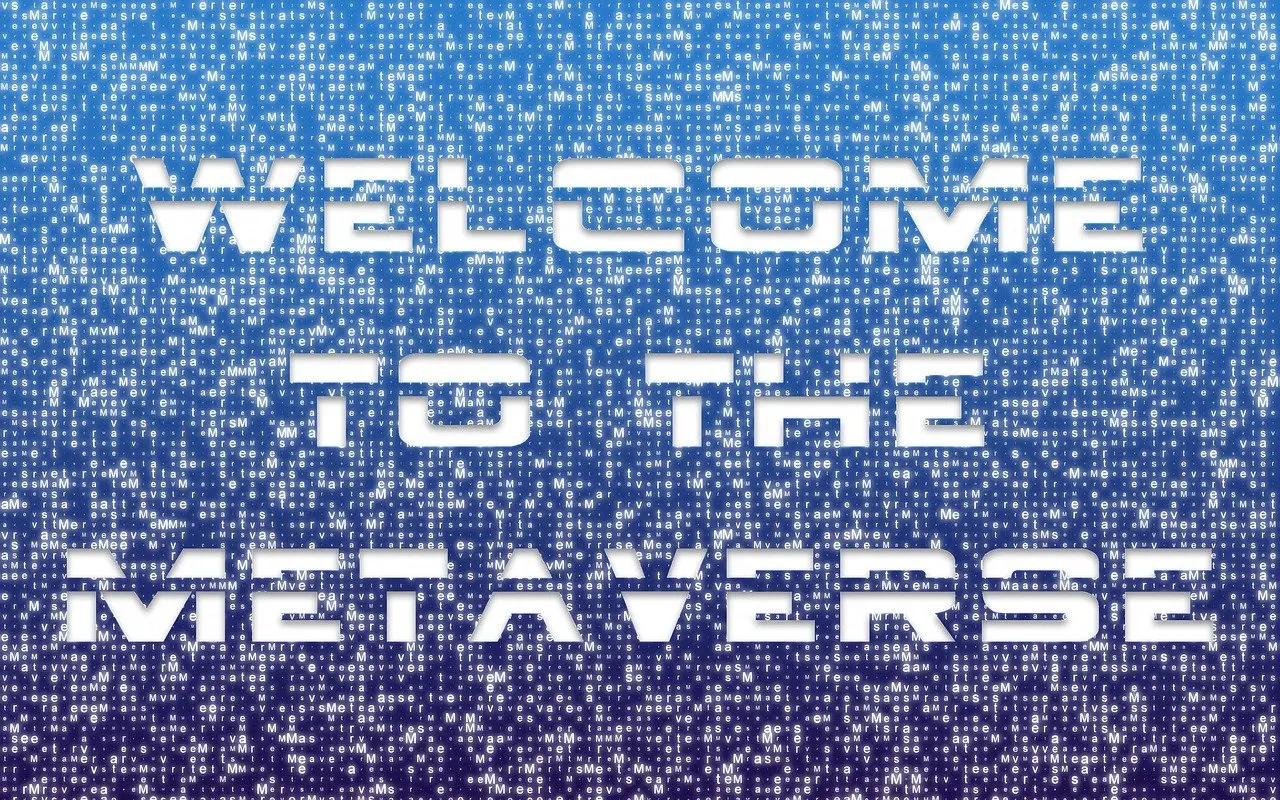The phrases “content marketing” and “native advertising” are heard a lot in conversations about online marketing today, and many people use the terms interchangeably.
But did you know there are some distinct differences between the two?
How do content marketing and native advertising compare?
A content marketing strategy is designed to create and distribute interesting and relevant content to a company’s audience. It encompasses informational articles, blog posts, social media entries, whitepapers, eBooks, infographics, images, videos and more. It does not focus just on sales, but instead on offering something of value to audiences, be it helpful hints, important statistics or anything in between.
Establishing oneself as a trusted information provider is an important goal of content marketing, and this comes from consistency of sharing strong content without direct promotion. The content is distributed through a company’s own web properties (or other free platform) and designed to keep audiences engaged and increase brand recognition. It also provides a higher level of control over who sees content and when they see it.
Native advertising is content that is written and subsequently distributed on outside websites. This approach is not necessarily rooted in building an audience, but more on gaining wider visibility. This content is not placed on company-owned web property, but on third-party websites. Often referred to as “sponsored content,” it essentially is paid promotion, but not “invasive” like traditional digital ads.
Joe Pulizzi over at Content Marketing Institute refers to it as “renting” someone else’s web space. With content marketing, “It focuses on owning media, not renting it,” says Pulizzi.
What makes native advertising similar to content marketing is that these ads are more “natural,” meaning they align with other articles on the third party website and do not appear as out of place to readers who frequent the site. A recent study highlighted in Marketingland reports, “In four out of the six groups shown a native advertisement, a strong majority said they thought the ad was an article.”

Which is better: Content marketing or native advertising?
Right now there is a wide range of opinions in the industry as these two marketing approaches become more popular. Ultimately it comes down to the business goals. Is a wider range of page views desired or does the company want to build a stronger relationship and encourage engagement?
Entrepreneur points out, native advertising can bring millions of page impressions and potential click-throughs to websites, but content marketing has a much higher probability of developing stronger customer (or potential customer) engagement. With native advertising, agencies often have no confidence that their targeted audiences will be reached.
Additionally, it is far easier to measure metrics when content is placed on one’s own site. When investing in native advertising campaigns, agencies have to see what, if any, metrics the third parties are willing to share.
Content strategies of the future
Ideally, agencies can work both native advertising and content marketing together, but along the way decisions will have to be made where the marketing dollars will be allocated.
With the increased use of ad blockers by consumers, brands are going to need to find other ways to reach both existing and new audiences. Time will tell if traditional digital ads will become a thing of the past. In a sense, this situation can be likened to the transformation television advertising went through. As technologies evolved to allow commercial-free paid television and devices to skip ads, the use of “advertainment” grew tremendously, with product placement and other more natural ways to integrate brands into TV shows and movies.
Going forward, it will be important for firms to determine the right approaches to use in content strategies as the web continues to evolve in this area. Regardless of where digital ads go, content is clearly going to have a place in the market.










